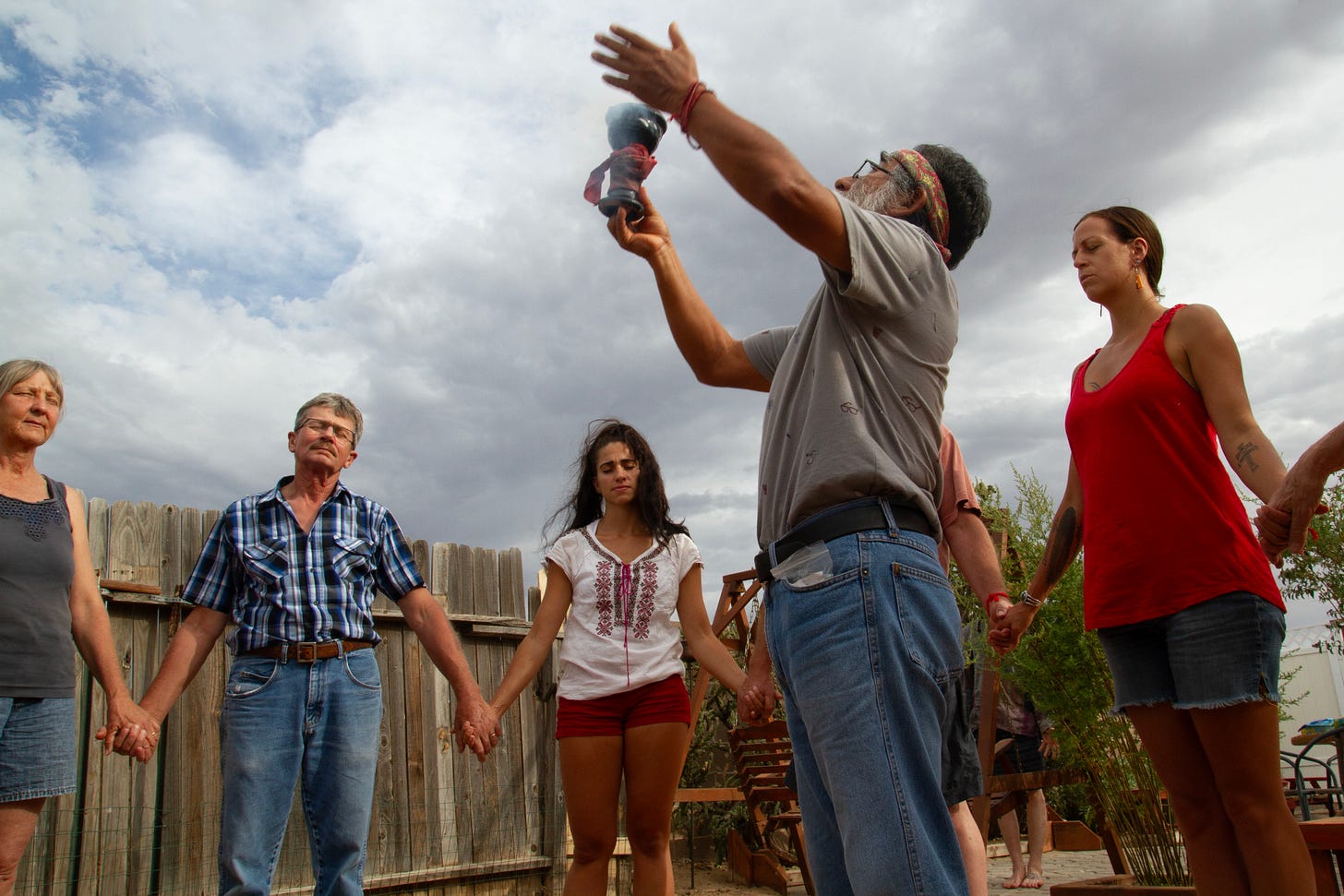Healing Traditions: How Curanderismo is Reviving Cultural Connection in the Borderlands
Mexican folk medicine is being reclaimed during a time of deep uncertainty in the U.S. political climate.

Imanol Miranda can still recall fleeting memories of curanderismo, or Mexican folk medicine, from his childhood in Mexico City. He remembers the smell of burning copal, seeing a ri…
Keep reading with a 7-day free trial
Subscribe to The Border Chronicle to keep reading this post and get 7 days of free access to the full post archives.

